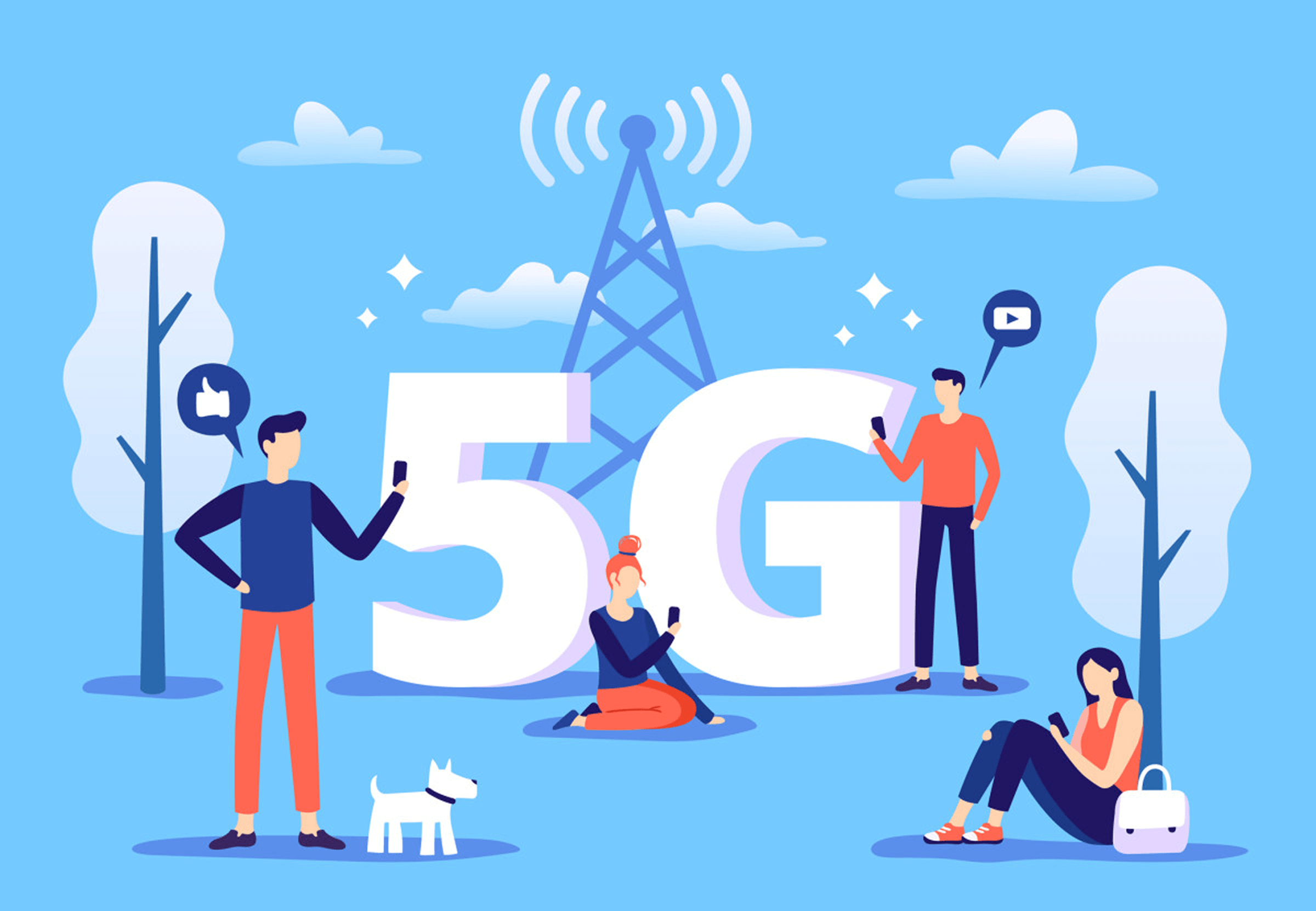The advent of 5G technology marks a transformative leap in telecommunications, promising unprecedented speed, low latency, and the capacity to connect billions of devices. While its implications are vast across industries, the Information Technology (IT) sector is poised to experience some of the most profound changes. Let’s explore the rise of 5G technology and how it’s reshaping the IT landscape.
What is 5G Technology?
5G or the fifth generation of mobile networks, is the latest global wireless standard. It offers significant improvements over its predecessor, 4G, including:
1. Faster speeds
Up to 100 times faster than 4G, with potential peak speeds of 10 Gbps.
2. Low latency
Reduced delay times as low as 1 millisecond, enabling real-time communication.
3. Massive connectivity
Support for up to 1 million devices per square kilometer.
4. Enhanced reliability
Improved network stability and resilience.
These capabilities are not just incremental upgrades; they are catalysts for innovation across sectors, particularly in IT.
1. Enhanced Cloud Computing
With 5G, cloud computing becomes more seamless and efficient. Faster data transfer rates mean:
- Real-time access to cloud-hosted applications.
- Smoother experiences for cloud gaming and video streaming.
- Reduced dependency on powerful local hardware, as processing can occur in the cloud.
For IT professionals, this accelerates the adoption of cloud-native applications and microservices architectures.
2. Advancements in IoT
5G’s ability to connect millions of devices simultaneously is a game-changer for the Internet of Things (IoT):
- Smart cities, with connected traffic lights, surveillance systems, and utilities, become feasible.
- Industrial IoT (IIoT) enables factories to achieve higher automation levels through connected sensors and devices.
- Healthcare sees a rise in wearable devices and remote patient monitoring.
IT teams must gear up to manage this surge in connected devices and ensure robust security and data handling protocols.
3. Revolutionizing Edge Computing
Edge computing involves processing data closer to its source to reduce latency. With 5G’s low-latency features:
- Applications like augmented reality (AR), virtual reality (VR), and autonomous vehicles become practical.
- Distributed computing models gain traction, reducing the load on centralized data centers.
IT infrastructure will need to adapt by deploying more edge servers and optimizing for decentralized operations.
4. Boosting AI and Machine Learning
5G enables real-time data transmission, crucial for Artificial Intelligence (AI) and Machine Learning (ML) applications:
- Enhanced performance for AI-driven applications like voice recognition, predictive analytics, and personalization.
- Faster model training and deployment due to improved data transfer rates.
IT developers and data scientists will benefit from these capabilities to create smarter and more adaptive systems.
5. Improved Remote Work and Collaboration
The COVID-19 pandemic underscored the importance of remote work, and 5G amplifies its possibilities:
- Reliable, high-speed internet connectivity in remote locations.
- Enhanced video conferencing and virtual collaboration tools.
- Greater accessibility to enterprise resources via mobile devices.
IT departments can support a more distributed workforce without compromising productivity.
6. Cybersecurity Challenges
While 5G brings numerous advantages, it also introduces new security concerns:
- A larger attack surface due to the proliferation of connected devices.
- Increased risks in IoT ecosystems.
- The need for robust encryption and endpoint security measures.
IT security professionals must adopt advanced tools and strategies to counteract these threats.
Industries Benefiting from 5G-Driven IT Innovations
Industries that stand to gain include:
1. Healthcare
Telemedicine, remote surgeries, and health monitoring.
2. Automotive
Autonomous vehicles and connected car systems.
3. Retail
Enhanced customer experiences through AR/VR and real-time analytics.
4. Manufacturing
Smart factories with IoT-driven automation.
5. Entertainment
High-quality streaming, immersive gaming, and live events.
Preparing for the 5G Era
As 5G networks roll out globally, IT professionals and organizations must:
- Invest in infrastructure upgrades to support 5G capabilities.
- Train teams on new technologies like edge computing and IoT management.
- Adopt scalable and flexible architectures to accommodate future innovations.
Conclusion
The rise of 5G technology is more than a technological upgrade; it’s a paradigm shift that will redefine IT practices and capabilities. From revolutionizing cloud computing and IoT to enabling AI advancements and enhancing remote work, 5G is the foundation for a hyper-connected world. For IT professionals, embracing 5G is not just an opportunity but a necessity to stay ahead in an evolving digital landscape.

